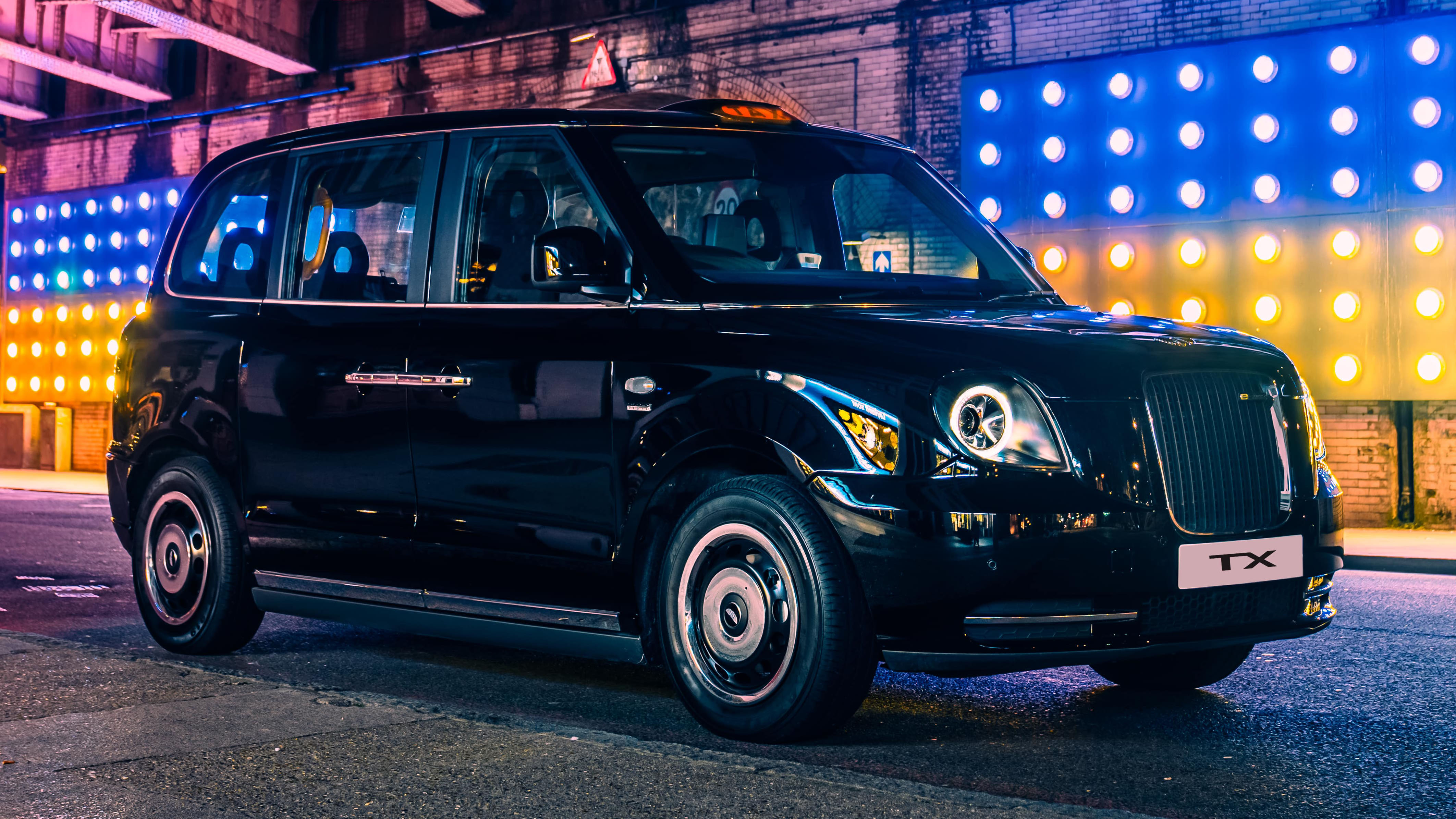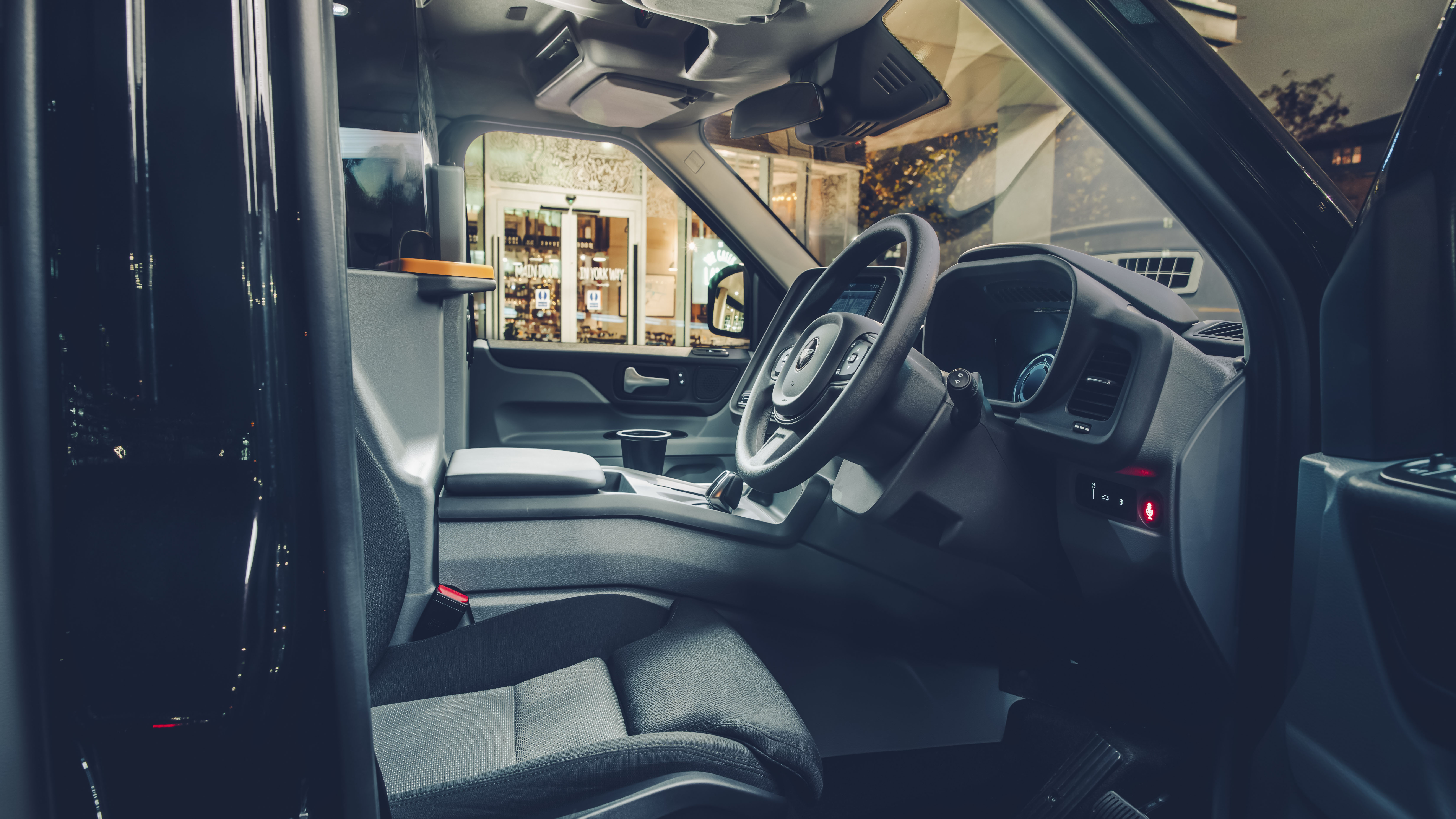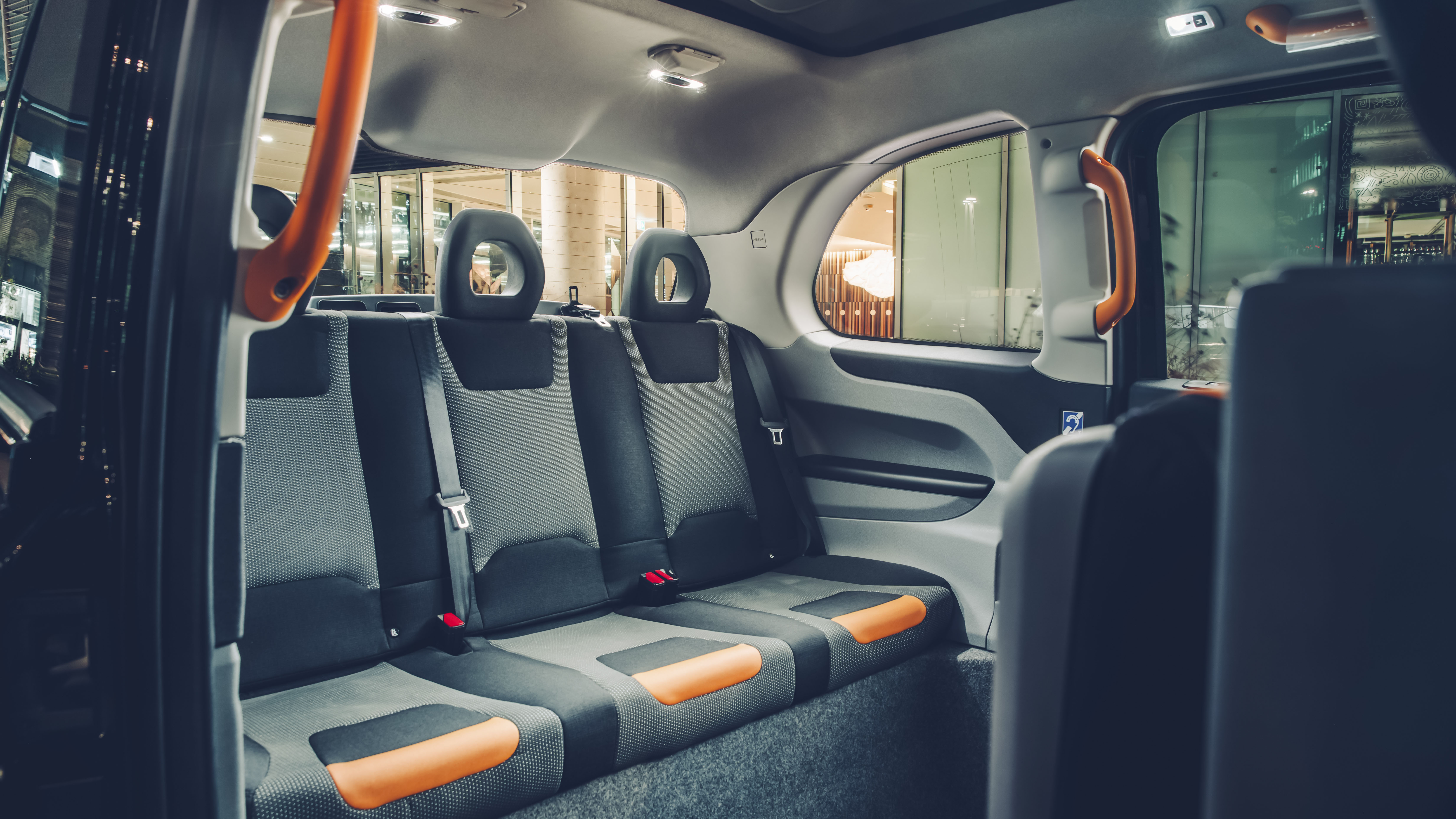
What’s the most LEVC car in the back catalogue?
Perhaps unsurprisingly, the most modern taxi built by LEVC is the best. Who would have guessed?
Carbodies/LTI/London Taxi Company/LEVC – whatever on earth you call it, the firm’s taxis have risen like cream to the top, despite the best efforts of rival companies. Indeed, the 1958 FX4 (designed by Austin in conjunction with Carbodies and London taxi dealership Mann & Overton) set the template for almost all London taxis to follow – its retro design and upright stance have invariably been aped in subsequent generations or by rival efforts to take a slice of a healthy market.
The rules for hackney carriages are famously strict – the 7.6-metre turning circle is one of the toughest, designed so that a cab can get round the notoriously tight entrance at the Savoy hotel. There was still a rule on the books as late as 1976 that black cabs had to carry a bale of hay in the boot to feed the horses, but things are a bit more sensible these days.
There’s a maximum age of 12 years old for diesel powered taxis, though since 2018 diesel power has been banned for newly registered cabs. New petrol powered taxis must emit less than 50g/km CO2 and be capable of at least 30 miles of zero emission driving. For passengers there are detailed stipulations about how the cabin should be accessible. When the TX went on sale it was the only vehicle that met the strict new TfL rules for black cabs.
Lots of people had got upset about the idea of a Chinese company they’d barely heard of swooping in and taking over our icon. But given the company that made the icon had not long gone bankrupt and had spent most of its existence spannering the icon under an ancient leaky warehouse roof in the middle of Coventry, Geely’s near-£500m investment was probably to be welcomed.
The TX is a technological marvel incomparison with the vehicles that went before – it borrows much of its powertrain from Geely stablemate Volvo, with some tweaks for its very specific city based job. For zero emission running it matches up a 34.6kWh battery with
a 148bhp e-motor powering the rear wheels that manages 78.1 miles on the WLTP cycle – maybe even 100 miles around town, says LEVC. That’s where the TX does all of its best work of course.
A 1.5-litre 3cyl petrol engine acts as a range extender, charging up the battery when you’ve run out of juice. That works out at 32.2mpg, which isn’t too bad when you consider the size and capability of the TX. The fuel tank might seem piffling at 38.5 litres, but there can’t be many taxis that do more than the TX’s full tank/ battery range of 333 miles in a day.
Inside the car and at the right spec you’ve got wifi, USB sockets, a retractable ramp and a plethora of accessibility aids (including forward jump seats that swivel), as well as a panoramic roof on higher specs. All very impressive – and might there be more to come with a next-gen electric version arriving in the next couple of years? Even icons need to keep with the times.
Top Gear
Newsletter
Thank you for subscribing to our newsletter. Look out for your regular round-up of news, reviews and offers in your inbox.
Get all the latest news, reviews and exclusives, direct to your inbox.
Trending this week
- Car Review
BMW 1 Series
- Top Gear's Top 9
Nine dreadful bits of 'homeware' made by carmakers










